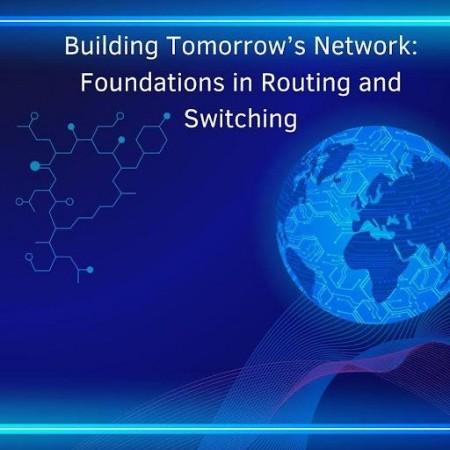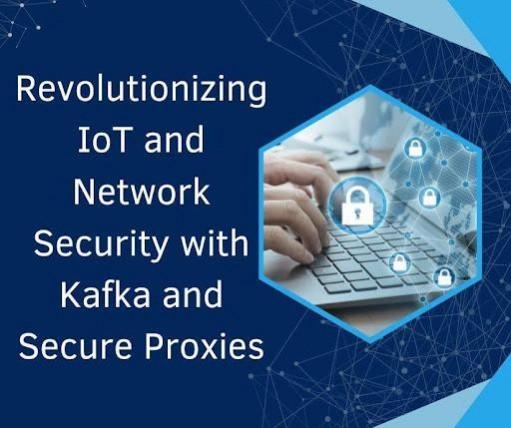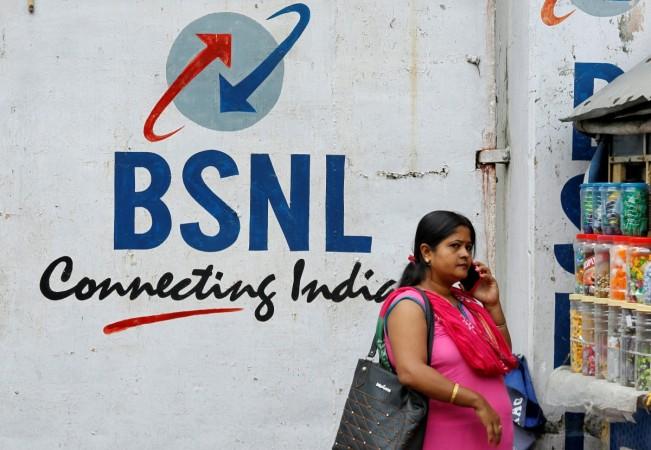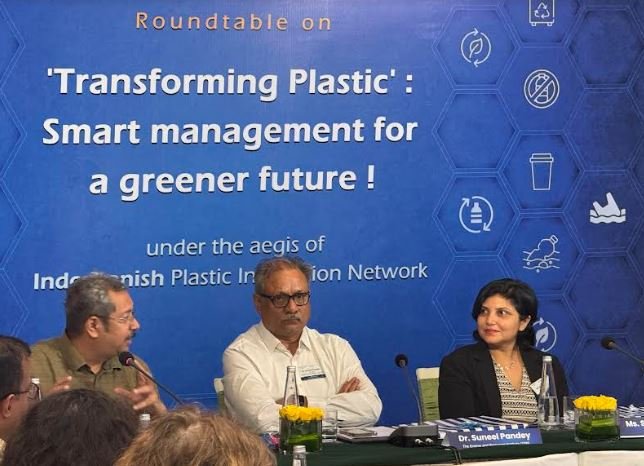Network slicing is the key feature and enabler of 5G networks and this unlocks the full potential of 5G. It logically partitions the network into multiple virtual networks across a single infrastructure, with dedicated resources for each virtual network, to meet the QOS requirements. Network slicing creates ‘Network of Networks’. This technique offers flexibility and efficiency. Using Network slicing, networks can be customised to meet the specific requirements of industries, businesses and customers. It is a strategic tool to enhance service delivery and it drives innovation. The use cases of 5G are Enhanced Mobile Broadband (eMBB), Massive Machine Type Communications (mMTC) and Ultra Reliable Low Latency Communications (uRLCC). Each type of service requires a different set of parameters like automated vehicles need low latency, high user throughput application requires high speed broadband, robotic surgery requires ultra reliability and low latency.
These types of services can be served via slicing. Each slice can have a different set of characteristics and different parameters. Using Network slicing, the physical network is divided into logical networks and each slice is isolated with one another and is secure. Each slice operates independently and is tailored to meet the specific needs of diverse applications and services. If something goes wrong with one slice, it will not affect the other slice. The isolation and independence of slices allows us to add new slices without impacting the rest of the network. We can have different sets of parameters, different sets of configuration to each slice. Network slicing obviates the need for dedicated networks for meeting different requirements.
Slicing standardisation
3GPP release 15 in 2018 is the 1st specification for network slicing. In this specification, slicing framework in 5G architecture, RAN signalling procedures and resource availability for respective slices are dealt with. Release 16 in the year 2020 contains further specifications, considering the continuity between different technologies. 3GPP shared some standard slices for various services like eMBB, mMTC, uRLLC, IOT, V2X. However Telecom Service Providers (TSPs) can define the characteristics of slices as per their requirements and can provide the services as per the need of use case.
Device echo system in network slicing
In 2021, the 5G capable devices were hardly 3 to 4 per cent. In subsequent years, 5G capable devices are increasing year by year. It is projected that by 2026, 5G capable devices will be in the 45-50 per cent range. These devices can get the benefit of slicing. 5G capable devices can connect to one or multiple slices. Multisplice capability is supported for the different OS with different 3GPP releases. For Android, release 13 is compatible and for IOS, release 17. Multi slice capability is supported by advanced FWA CPEs. Slicing supports continuity between 5G, fixed wireless access/Wi-Fi
End to End (E2E) Network Slicing Architecture
The entire network architecture will be divided among slices. Let us say that four slices are created; one for internet, one for enterprise, one for FWA and one for gaming service. If we consider enterprise slice, this slice is created as per the requirement, say high throughput and low latency. Similarly, other slices. These slices are created on the respective cell site and in the domains.
Once a slice is created, resources will be partitioned to the slice across all domains i.e. radio domain, transport domain and the core. In the radio domain, the scheduler does the resource allocation to the slices. In addition to partition of resources, Quality of Service will be applied in the radio domain based on the requirement of enterprise slice.
Traffic from the enterprise slice will go to the enterprise slice only. In the transport domain, resource partitioning to the four slices will be done based on MPLS etc. If the enterprise organisation wants to keep their data separate, then a dedicated core can be deployed in their premises.
Further to this, the traffic will move to their private MPLS and their applications server. All the slices are secured, as much as wireless networks are secure. On all domains, the management function will sit on top. The job of the management function is to create the new slice and modify the slice as per the requirements. When there is a need for a higher number of slices or a higher number of sites, then the automation comes into the picture. Via automation, slices can be created automatically by instruction coming from the orchestrator. This end to end orchestrator is the driving body for creating the slices, managing the slices and giving instruction to each domain.
How many slices are possible? On the SA network, theoretically there is no limit on the number of slices but the challenge is how many slices can be managed. Practically 10-15 slices can be there on a public network and an even higher number of slices on a private network. As per the URSP (User equipment Route Selection Policy), present User Equipment (UE) can latch to 8 slices simultaneously. Eight different profiles can be there and depending on the SLA for that particular application, a particular slice will be assigned.
Slice management architecture
The End to End orchestrator carries out the Communication Services Management Function (CSMF) and Network Slice Management Function (NSMF). CSMF is responsible for translating the communication service related equipment to the network related equipment and further that communication will be sent to NSMF. NSMF will further communicate with Network Slice Subnet Management Function (NSSMF).
The job of NSMF is to orchestrate managed networks slice subnet, deriving slice network subnet requirements and further it coordinates with Network Function Management Function (NFMF). NFMF sits on RAN, Transport and Core. These respective management functions will execute the definition of slice at their respective end and acknowledge back to the upper hierarchy of NSMF and CSMF.
5G network slicing use cases
As per survey, the priority use cases for 5G network slicing are in the following order:
1. Service based (IOT, connected cars, smart home, fixed wireless)
2. Vertical industry based (health, agriculture, manufacturing)
3. Organisation based (Universities, large enterprises)
4. Event based (sporting events, festivals).
The most commercially attractive network slice services are: private network extension into wide area network (example SBI desiring to have a pan India private network working with JIO and asking for a slice), security enterprise VPNs, Fixed Wireless Access, public safety, events, gaming, OTT video.
Some of the successful demonstrations of network slicing
1. Vodafone UK and Ericsson demonstrated VR oriented slicing for a retailer, offering guaranteed bandwidth and latency (260 Mbps, 12.4 ms)
2. Deutsche Telekom and Ericsson demonstrated cross border continuity of enterprise network slicing (in Germany and Poland)
3. Live coverage of the king’s coronation in the UK using slicing on Vodafone UK’s public 5G network.
4. Jio,Tella, Etilsatv have launched FWA service on priority slice to give better user experience.
5. Verizon is doing public safety use cases by enabling slice in its 5G SA network.
Some of the use cases which can be targeted initially are video production/ media houses, cloud gaming, AR/ VR, private networks and FWA. The TSPs have commercially launched these use cases in their networks and are monetising them.
The top choices of verticals for network slicing are Transport automotive/logistics, Health care, Manufacturing, Smart cities, Energy and utilities, Media and Entertainment.
Innovations in 5G slicing
In case of 5G SA network slicing, the network slicing capabilities are enhanced (compared to NSA network) and it happens on NSSAI (Network Slice Selection Assistant Information) and based upon this information, the slices are done end to end. In the coming future, there will be intent based slicing or dynamic slicing which will help operators to take decisions on the fly and bring in more efficiencies in the utilisation of network resources by a lot of automation orchestration.
Another new concept is L4S (Low Latency Low Loss Scalable throughput) which is one level next to network slicing. For the applications which require latency less than one millisecond, latency has to be prioritised. Network with L4S functionality does this. This feature will be important for URLLC use cases.
Way forward
The need for slicing is for Service differentiation, creating new business segments and for generating new revenue streams. The benefits of E2E Network slicing for enterprise customers are improved experience, tailored and flexible services, improved security and faster service delivery. The benefits for TSPs are unlocking new revenue streams, faster delivery of services, maximising the utilisation and monetisation of network resources and enabling new business models.
For 5G implementation there are two architectures NSA (Non Stand Alone) and SA (Stand Alone). In NSA architecture, the control signalling of 5G Radio Network is connected to 4G core network while in SA architecture, 5G Radio is connected directly to the 5G core network. E2E Network splicing is possible only in SA architecture. In our country only Reliance Jio is implementing 5G with SA architecture in public networks. BSNL after implementing 4G will upgrade it to 5G SA.
The challenges in implementation of network slicing are Significant behind the scene IT support, Slice friendly or slice aware UE requirement and on-demand slice allocation.
DOT and TRAI are of the view that network slicing will not violate the principle of net neutrality. Appropriate changes will be made in licensing rules, when network traffic gains pace, to allow slicing in the 5G networks. DOT feels that the TSPs are not going to throttle speeds for consumers when they slice the network. So network neutrality doctrine will not come in the way in the growth of network slicing use cases.
According to recent spectrum leasing rules, DOT has allowed TSPs to offer captive private networks, as a service to enterprises, through network slicing over public networks. TSPs expect around 40 per cent of 5G revenue to come from captive private networks in the days to come.
Up to 30 per cent of 5G use cases are expected to require network slicing in future. Network slicing will push the telecommunication industry to new heights. From fibre splicing to network slicing, telecom technology has made rapid strides!
(The author is a former Advisor, Department of Telecommunications (DoT), Government of India)










 New Delhi, 18 October, 2024: The Indo-Danish Plastic Innovation Network hosted a landmark round-table at The Oberoi focused on driving sustainability and innovation in plastic waste management. As a significant stride towards building a more sustainable future, the Green Fellowship Program under Mashaal by M3M Foundation was officially launched, which will provide financial grants to select start-ups, incubators, and entrepreneurs dedicated to technological advancements in various sectors related to climate change and environmental protection. This is a joint initiative by DRIIV and M3M Foundation aimed at supporting technological innovations in climate change mitigation, environmental conservation, and sustainable practices.
New Delhi, 18 October, 2024: The Indo-Danish Plastic Innovation Network hosted a landmark round-table at The Oberoi focused on driving sustainability and innovation in plastic waste management. As a significant stride towards building a more sustainable future, the Green Fellowship Program under Mashaal by M3M Foundation was officially launched, which will provide financial grants to select start-ups, incubators, and entrepreneurs dedicated to technological advancements in various sectors related to climate change and environmental protection. This is a joint initiative by DRIIV and M3M Foundation aimed at supporting technological innovations in climate change mitigation, environmental conservation, and sustainable practices.